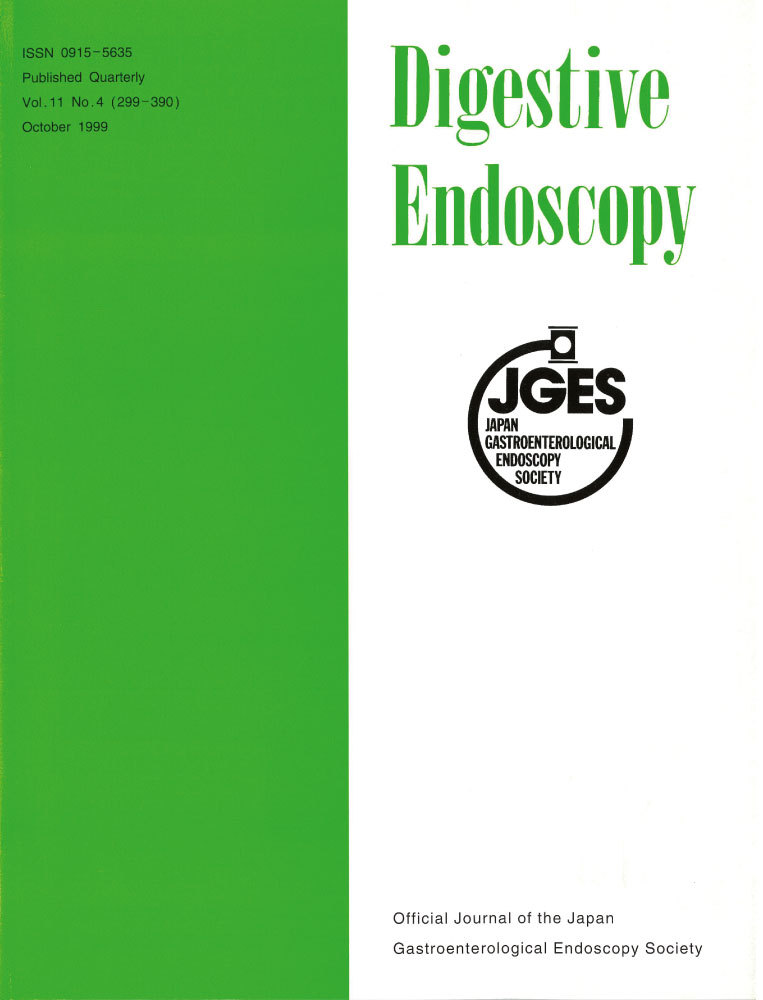Correlation between α1–Adrenoceptors in Biopsy Specimens and Endoscopic Color Changes of Human Gastric Ulcer
Abstract:
α1–Adrenoceptors were measured in the scar tissue (U) and marginal normal mucosa (C) of human gastric ulcers by radio-binding assay using [3H]-prazosin as the ligand. The specific radioactivity binding was calculated for the membrane-rich fractions of the U and C regions along with U/C ratio, and the relationship between the scar color tone and α–adrenoceptor binding levels was studied by conventional endoscopy and pharmacoendoscopy
The U/C ratio for red scars (mean: 92.2%) increased as redness decreased. White scars had a mean U/C ratio of 135.6%. For pharmacoendoscopic classes P1 and P2, which remained red after spraying epinephrine onto the scar, the mean U/C ratio was 86.8%. For the P3 class, which turned pale after the application of epinephrine spray, the mean U/C ratio was 172.0%. The recurrence of peptic ulcers is more frequent when red scars ocAcur, assessed by conventional endoscopy, in the P1 and2 classes, evaluated by pharmacoendoscopy, than in white scars (P3 class). As the α1–adrenoceptor binding of [3H]-prazosin appears to be proportional to the maturity of vasculature tissue, the present data suggest this latter factor plays a key role in the recurrence of gastric ulcers and that pharmacoendoscopy allows for a more accurate prognosis of ulcer relapse than conventional endoscopy




